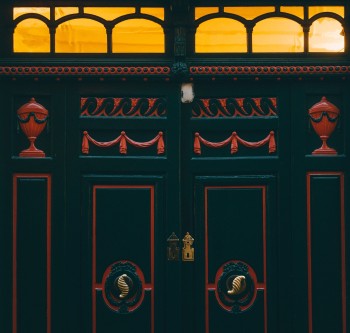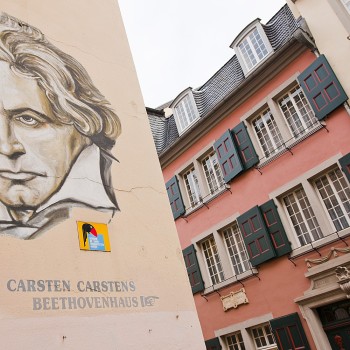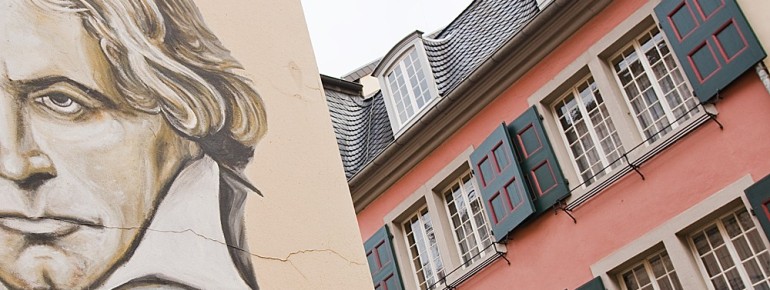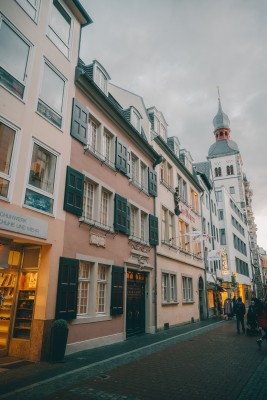Contents
Description
The Beethoven House in Bonn is the birthplace of Ludwig van Beethoven. He is one of the most outstanding German composers in the history of music. He also led Viennese Classicism to its highest development and is considered a pioneer of Romanticism.
The museum in Bonngasse is one of the most visited music museums in the world and contains the largest Beethoven collection in the world. There are some unique pieces here, such as the original manuscripts of the "Moonlight Sonata" and the "Pastoral Symphony". Beethoven's last fortepiano can also be found here. Concerts are also regularly held in the building.
Beethoven's life in all its facets
The museum rooms provide an insight into the life and works of the composer. Over 100 original exhibits bring Beethoven's thoughts, feelings, work and endeavours to life. In addition to the permanent exhibition, which focusses on the life of the artist, there are changing special exhibitions. These focus on various aspects of Beethoven and the house.
A number of internet exhibitions can be found on the website. You can also learn a lot about the composer here. The permanent exhibition is also freely accessible as a digital tour on the website, as is a digital archive in which all the exhibits in the collection are catalogued.
Historical Information

The building is one of the last surviving 18th century town houses in Bonn. It was built in the 12th or 13th century. The famous composer Ludwig van Beethoven was born here in December 1770. The musician's parents moved into the house in November 1767 and the neighbourhood consisted of musicians from the electoral court orchestra. Beethoven's father, Johann van Beethoven, was the electoral court singer. The van Beethoven family moved out of the house in 1774. None of the other Beethoven houses have survived.
How to get there

By car
There are no car parks at the museum itself in Bonngasse. However, there are several car parks nearby.
By public transport
The bus stop "Bertha-von-Suttner-Platz/Beethovenhaus" is just 150 metres from the museum. This can be reached by bus lines 117, 537, 540, 550, 551, 600, 601, 602, 603, 604, 605, 606, 607, 608, 609, 633, 640, N4, N8 and BE, as well as tram lines 62, 65, 66 and 67.











